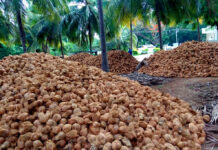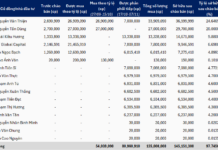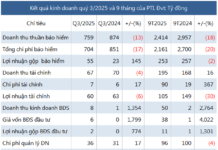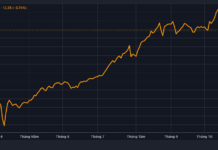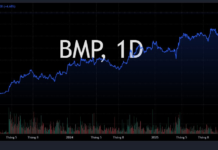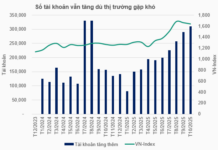
Stable Exchange Rates and Macroeconomic Balance
The top priority and greatest challenge in Vietnam’s macroeconomic management in recent years has been maintaining a stable exchange rate. The U.S. Federal Reserve’s (Fed) consecutive interest rate hikes to combat inflation have significantly strengthened the U.S. dollar globally, putting pressure on the currencies of several countries, including Vietnam.
When the Fed reverses its policy and begins a rate-cutting cycle, the appeal of U.S. dollar-denominated assets diminishes, prompting investors to sell USD in favor of higher-yielding currencies. This weakens the USD Index—a measure of the dollar’s strength against a basket of major currencies—and directly reduces depreciation pressure on the VND.
This shift presents significant opportunities for Vietnam. In a high U.S. interest rate environment, foreign indirect investment (FII) tends to flow out of frontier and emerging markets toward the “safe haven” of the U.S. As U.S. rates decline, foreign investors face reduced exchange rate risks when investing in Vietnam. This could slow down net selling in the stock market or even reverse the trend, attracting new capital back to Vietnam’s robust growth market.
Additionally, with reduced exchange rate pressure and increased foreign currency supply from FDI, remittances, and returning FII, the State Bank of Vietnam (SBV) gains more flexibility to bolster foreign exchange reserves. Strengthening these reserves enhances market intervention capabilities and reinforces international investor confidence.
Flexible Monetary Policy and Growth Momentum
Throughout the Fed’s tightening phase, the SBV has maintained flexible management: lowering interest rates to support businesses and stimulate domestic economic growth, while keeping rates attractive enough to stabilize the exchange rate and prevent “dollarization.”
With external exchange rate pressures easing, domestic monetary policy gains more room to maneuver. As inflation remains well-controlled, below the National Assembly’s 4–4.5% target, the SBV has a strong foundation to implement more proactive monetary easing.
The SBV can employ flexible and cautious tools such as open market operations (OMO) to smoothly manage liquidity or adjust other policy rates. The goal is to lower lending rates, stimulate aggregate demand, ensure ample system liquidity, and maintain a reasonable VND-USD interest rate differential to sustain exchange rate stability.
Cheaper credit will bolster key economic growth drivers. Lower capital costs empower businesses to expand operations, invest in technology, and create jobs. The government can also issue bonds at lower costs, accelerating critical infrastructure projects and generating broader economic benefits.
Reduced mortgage and auto loan rates will stimulate consumer spending, boosting the retail and service sectors and driving personal consumption. These factors collectively support the 8% GDP growth target for the final months of 2025 and lay the groundwork for future growth.
Broad Opportunities Across Investment Channels
The Fed’s rate-cutting scenario is a positive signal for investors, raising expectations across most asset classes.
The stock market stands to benefit most directly. Capital inflows will improve on two fronts: foreign investors may shift from net selling to net buying, and domestic funds will become more abundant as savings rates lose appeal. Sectors highly sensitive to interest rate cycles—such as real estate (residential and industrial), securities, banking, infrastructure, construction materials, and retail—are expected to lead market gains.
A lower interest rate environment is ideal for the government bond market. Yields on secondary market bonds are likely to fall, raising bond prices and delivering profits to investors.
The real estate market, previously hampered by legal issues and capital shortages, is poised for a turnaround. Lower mortgage rates directly impact the finances and psychology of genuine homebuyers. Developers will also find it easier to access capital, restarting projects and addressing supply constraints as legal hurdles are cleared.
Gold also benefits from a weaker U.S. dollar and lower real interest rates (reducing the opportunity cost of holding non-yielding assets). However, domestic gold prices depend on SBV policies and the spread against global prices, positioning gold as a defensive asset.
Vietnam now faces opportunities to stabilize its exchange rate, ease monetary policy, and drive growth. However, risks remain, including potential inflation resurgence if monetary and fiscal easing go too far. Geopolitical uncertainties and slowdowns among major trading partners also warrant close monitoring.
– 08:29 15/09/2025
Vietnam’s First Unique 1.4km Road: A Collaboration Between Two Global Giants
The emergence of this road stands as a testament to Vietnam’s unwavering commitment to sustainable development.
Today’s Pepper Price (18/9): Slight Drop of 1,000 VND/kg
On September 18th, pepper prices dropped by 1,000 VND/kg compared to the previous day, settling at 147,000 – 150,000 VND/kg.



